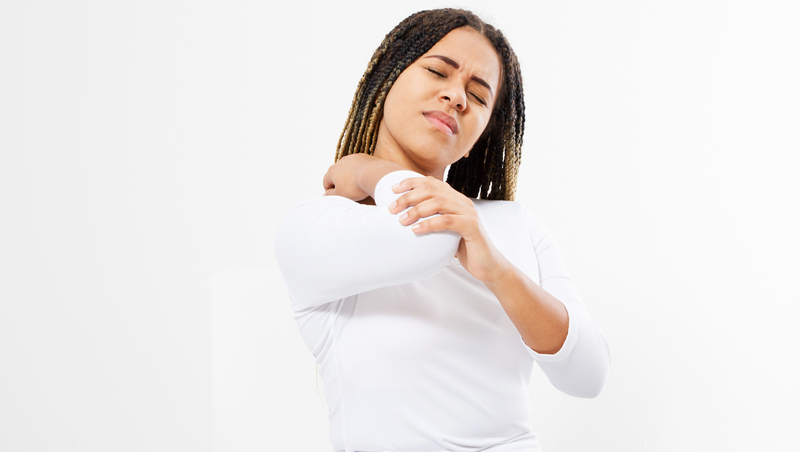Accidents, whether vehicular, work-related, or otherwise, can leave you with a range of symptoms that might not manifest immediately. It’s crucial to recognize these symptoms early on for proper treatment and care. Here’s an overview of common issues you may experience following an accident.
Stiffness
One of the first symptoms people often notice after an accident is stiffness, particularly in the neck and back. This stiffness can result from muscle strain or, in more serious cases, from damage to the spine or joints. Although stiffness might seem manageable initially, ignoring it could exacerbate underlying issues. Therapeutic approaches such as physical therapy or chiropractic care can be effective in reducing stiffness and improving mobility. Some people also find relief through heat therapy or using over-the-counter anti-inflammatory medication. However, it’s crucial to consult a healthcare provider for an accurate diagnosis and tailored treatment plan.
PTSD
Accidents are not just physically traumatic but can also have significant psychological impacts. PTSD, or Post-Traumatic Stress Disorder, is one such condition that could manifest after an accident. PTSD can have debilitating effects such as nightmares. These psychological scars may cause anxiety, depression, or phobias related to the traumatic event. Treatment for PTSD often involves a multi-disciplinary approach. Cognitive Behavioral Therapy (CBT) is one common strategy that helps people alter their thought patterns, thereby changing their reactions to triggering situations. Medication such as anti-depressants may also be prescribed to manage symptoms. Given the complex nature of PTSD, a comprehensive treatment plan, ideally involving a healthcare provider specializing in mental health, is often necessary.
Bruises and Swelling
Bruises and swelling are visible reminders of the physical trauma endured during an accident. These skin discolorations occur due to blood vessels breaking under the skin’s surface while swelling results from fluid accumulation in tissues. Immediate first aid measures, such as applying cold compresses, can help reduce swelling and minimize bruising. Over-the-counter pain relievers can alleviate discomfort. However, if swelling and bruising persist or worsen, seeking medical attention is crucial to rule out underlying fractures or internal injuries. In some cases, a physical therapist can guide you through gentle exercises that promote circulation and help prevent stiffness as the bruises heal.
Navigating these symptoms requires patience, self-care, and sometimes professional intervention. Remember that seeking help is a sign of strength and resilience. Through a combination of physical therapy, mental health support, and medical attention, individuals can regain control over their bodies and minds after an accident. Each step toward recovery is a testament to the human spirit’s ability to heal and thrive in the face of adversity.
Did You Enjoy Reading This Article? Here’s More to Read: Treatments You May Need After a Bad Accident



